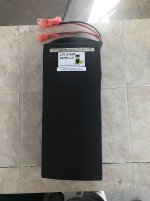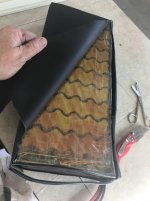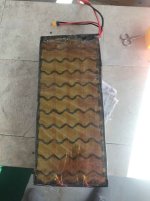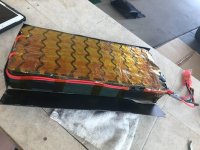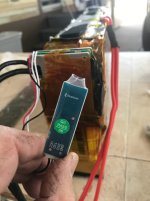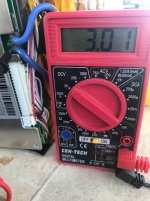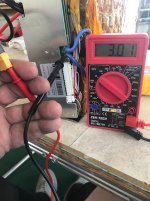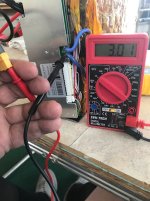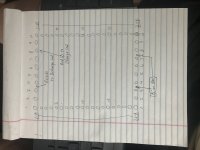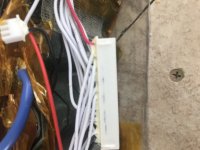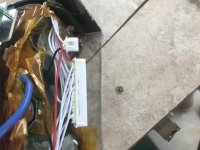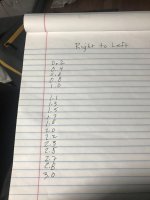pkirkll
100 W
I have a battery that has been in the box since 6/2020----- 1 year and 10 months!
I know I will get torn up over that,, but remember what was going on that whole time.
The question is: since i am assuming the if BMS put it to sleep a while back... would that save the cells or would it still self discharge until flat?
I get no voltage off the main lead. I haven't unwrapped it to see the BMS
It is shrink wrapped nicely and may have a Xiaoxiang Bluetooth Battery Management System, it is a :
20s10p 72v32ah using Panasonic BD 18650 cells (3200mah 10 amp)-- 60 amp continuous BT BMS -- 16x 7 x 3"
Woe as me-- I fear I have turned it into a brick ---piss poor maintenance.
Next step????
Do I dare hook it to the charger???--- I saw a bike burn once from a puffy cell being overcharged
Thanks in advance
paul
I know I will get torn up over that,, but remember what was going on that whole time.
The question is: since i am assuming the if BMS put it to sleep a while back... would that save the cells or would it still self discharge until flat?
I get no voltage off the main lead. I haven't unwrapped it to see the BMS
It is shrink wrapped nicely and may have a Xiaoxiang Bluetooth Battery Management System, it is a :
20s10p 72v32ah using Panasonic BD 18650 cells (3200mah 10 amp)-- 60 amp continuous BT BMS -- 16x 7 x 3"
Woe as me-- I fear I have turned it into a brick ---piss poor maintenance.
Next step????
Do I dare hook it to the charger???--- I saw a bike burn once from a puffy cell being overcharged
Thanks in advance
paul


